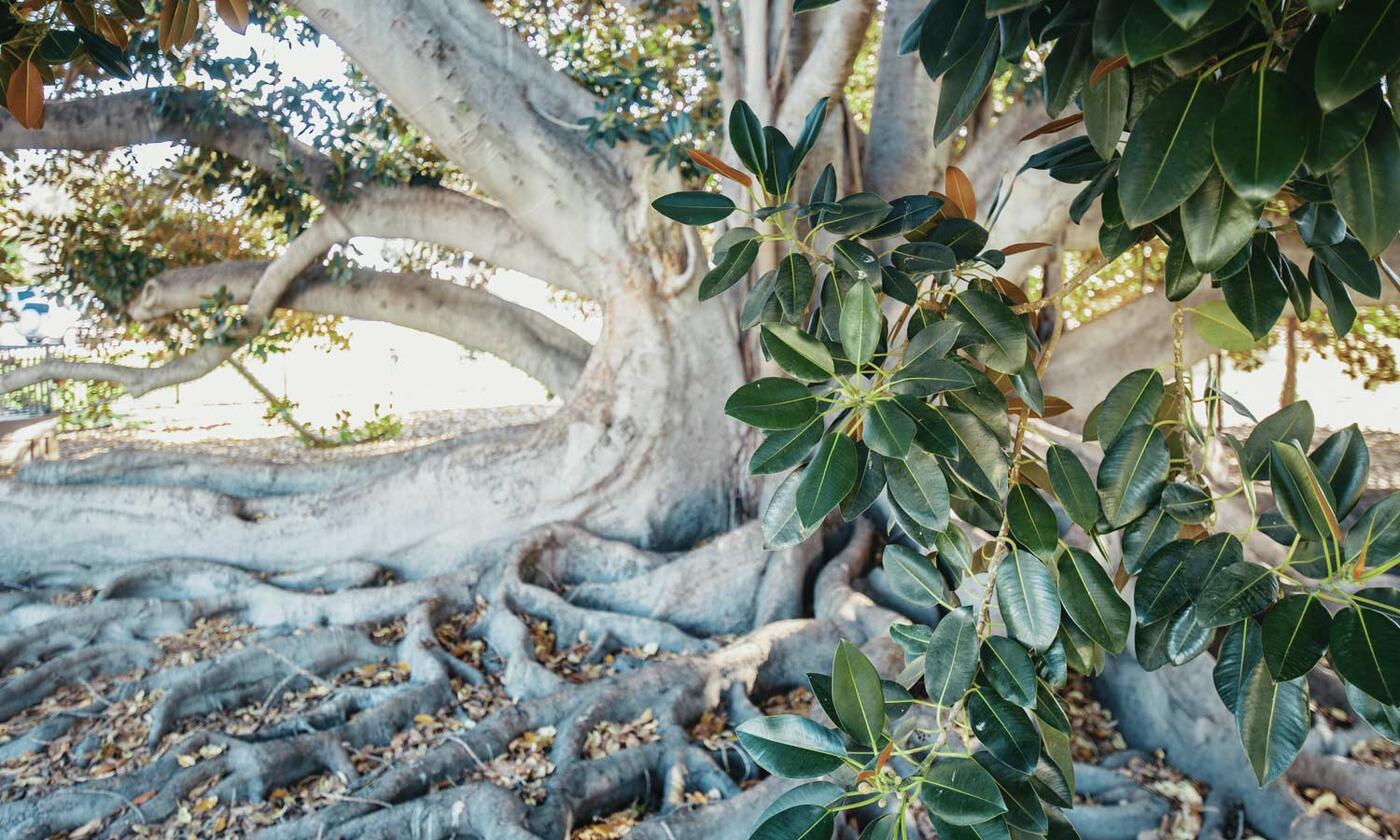
TREE
STORIES
With Elliott Bambrough, The Tree Narrator
EPISODE THREE
THE MORETON
BAY FIG
Elliott heads to San Diego’s Balboa Park in search of an iconic tree that holds great meaning for generations of families.

TREE
STORIES
With Elliott Bambrough, The Tree Narrator
EPISODE THREE
THE MORETON
BAY FIG
Elliott heads to San Diego’s Balboa Park in search of an iconic tree that holds great meaning for generations of families.



